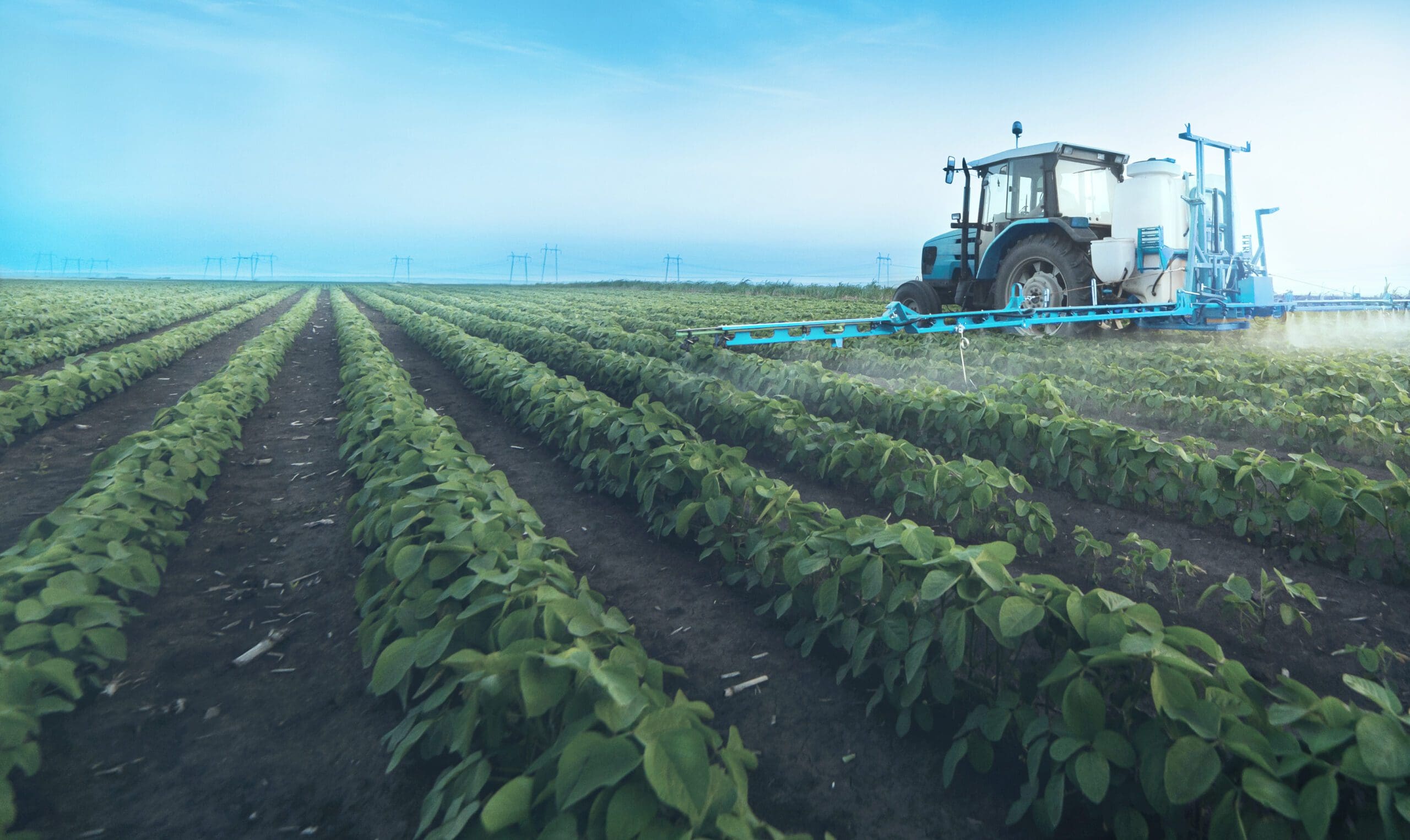In recent years, the global pandemic, extreme weather changes, conflicts, and inflation have contributed to a constrained and more expensive food market. A visit to the grocery store confirms that higher prices exist for most items. Clearly, we need to make agriculture supply chains more resilient to extreme events at every stage—from production to distribution. From the farm to the food market, new and emerging technologies are helping farmers grow more and better crops and optimize the complex agriculture supply chain.
Harvesting a good crop is never a sure thing. Despite efforts to follow best practices, farmers have faced difficult, unexpected, and uncontrollable circumstances, including pest infestations, plant diseases, and weather-related events such as droughts and floods. For some farmers, mostly large-scale operators in more developed countries, new technologies are helping predict, prepare, and adapt to these challenges.
Among the technological advancements in the agriculture sector, the adoption of IoT sensors and integrated data platforms is accelerating. Just like the smart devices that enable us to monitor our health every minute of the day, agricultural sensors allow farmers to monitor conditions—weather, water supply levels, soil conditions, and more in basically real time. Data-informed insights can then be shared with regional stakeholders including other farmers, agricultural extension service officials, utility providers, and food distributors. In tandem, shared data from other sources, like the local water authority, can provide important inputs such as water availability.
As with all new technologies, there are some challenges. Unfortunately, many farmers, especially small-scale operators and those in remote regions, do not have the means to outfit their acreages with sensors due to many factors, including costs, lack of internet access, and feasibility of the technology. They cannot rely on data from nearby farmers to let them know a regional pest problem is hindering crop growth or receive predictive alerts that water supply will be at an all-time low due to severe drought. For an individual farmer, digital data can bring value, but the depth and quality of data are much stronger when it comes from multiple inputs, includes actionable insights, and is easily shared with all farmers, large and small. The rural connectivity challenges alone are compelling reasons why we must continue our efforts to increase wireless connectivity in rural areas.
Despite all of the challenges associated with costs and connectivity, in some regions all farmers can benefit from democratized data from these sensors. Farmers who may not be able to afford sensors or do not want to incorporate them in their own farms could have access to the data and could use this information for their own benefit, as well as research and development purposes. With smart agriculture data sets, farmers gain a better understanding of their acreage and potential yields.
Understanding and managing the supply chain—from production to silos to global customers—is a tremendously difficult challenge when factoring in the complexities of operational factors, such as unpredictable yields, and external factors, like drought, pricing volatility, and global imbalances in supply and demand. Data inputs from a region can provide predictability insights, including warning of a low-yield crop situation or a health alert for a diseased crop like E. coli, from a specific water source to food producers and distributors.
As an example, smart technologies, IoT sensors, and blockchain can be leveraged to help farmers and distributors optimize storage conditions to help fight pest infestations, reduce spoilage, and fit more output into silos and other storage units. The technology exists for an IoT sensor to determine a product’s origin and other information, stored on blockchain. IoT sensors are highly effective in the warehouse environment, warning of changes in temperature and other conditions and triggering alarms when conditions are compromised. The chain of data is also invaluable to quickly trace the origins and factors involved with spoiled or adversely affected products, such as an outbreak of Salmonella in a small or large region.
Digital and analytics technologies can be used to run virtual simulations, allowing food distributors to optimize the best means to source supply and fulfill needs. Data inputs and simulation models can help government, healthcare, and food-related industries to better plan and adjust to crop shortages and surpluses and all issues related to their growth, harvest, and safe distribution.
However, issues with data interoperability and sharing exist but can be addressed through the development of standards developed through industry consensus. As the trend of democratized data continues throughout the agriculture industry, we need to educate producers and other downstream stakeholders on the impact sensors and other technologies can have on farms and the overall integrity of the food supply chain. We need to continue to strive toward developing technologies that can be accessible and feasible for smaller producers who are a significant food source for the world’s food supply. Simply providing an IoT sensor to a farmer with some form of connectivity does not solve the problem. The key is for these tools to be practical, and an ability to utilize the data, and integrate and interoperate with the overall ecosystem.
IEEE SA is addressing these needs in many ways, including the formation of an Enabling a Smart and Equitable Agriculture Ecosystem Program, which is leveraging technologies such as blockchain-based supply chain management solutions, Al-based digital agronomy, autonomous and semi autonomous machines, and loT/remote sensing solutions. The goal of this group is to understand the current state of open digital agronomy and data interoperability, and recommend best practices and develop frameworks for increasing collaboration around ag data collection, sharing, security, and management. Within these collaborations, multidisciplinary volunteers will propose standards and certification processes for data providers and consumers to accelerate innovation.









